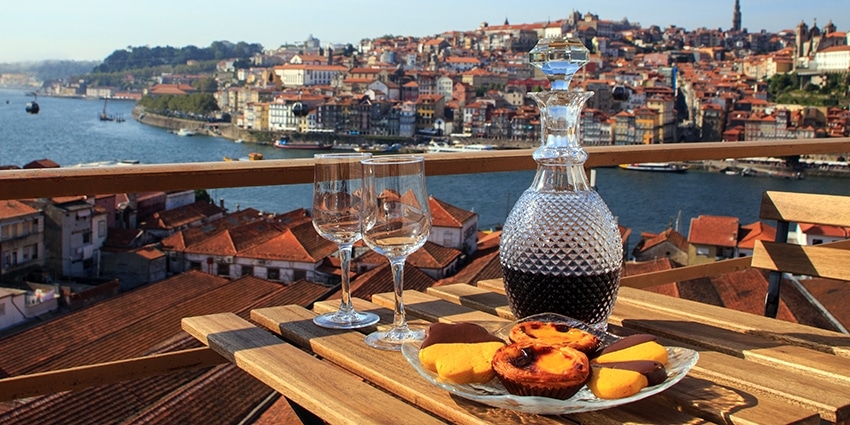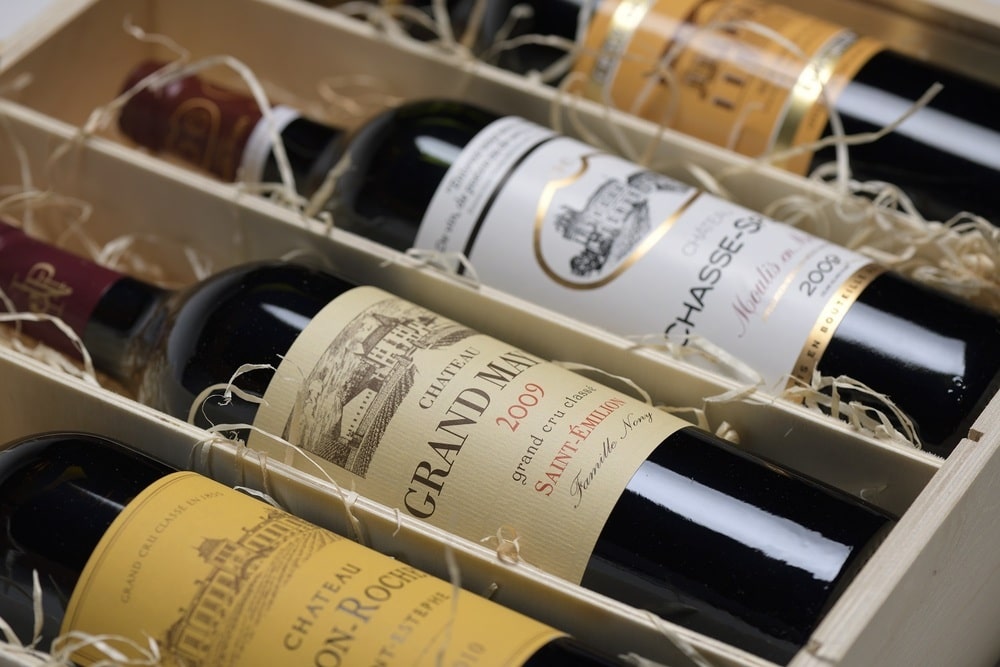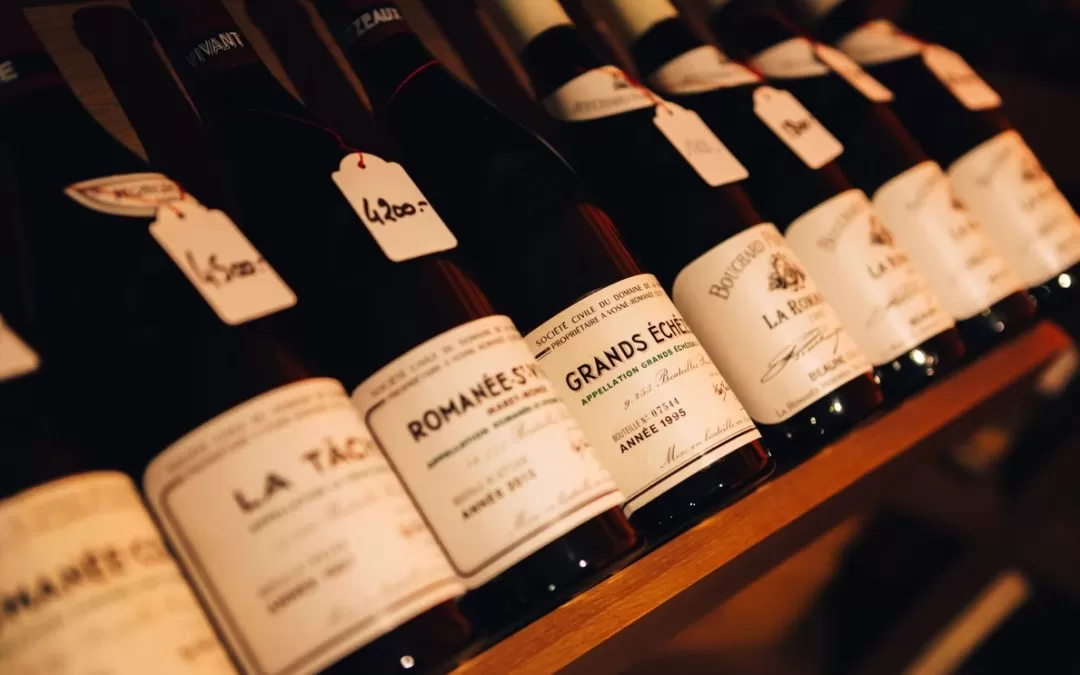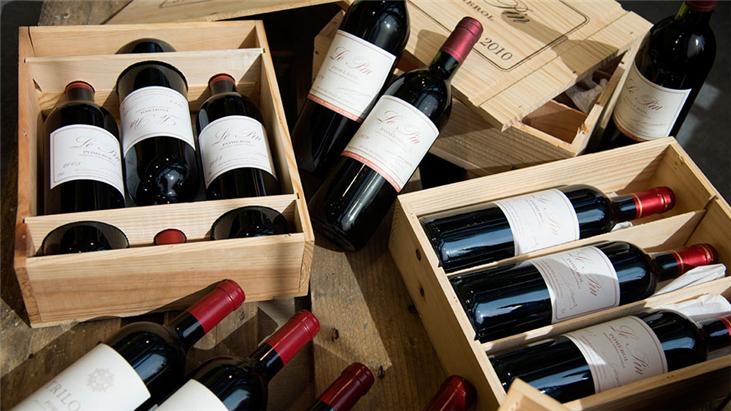Like its neighbour Spain, Portugal has been undergoing something of a quiet revolution over the last twenty years or so. A reluctance to follow trends and plant international grapes is now paying dividends and the new breed of full-blooded, fruit-filled wines are more than able to compete on the world stage. The unique flavours that are the hallmark of Portugal’s indigenous grape varieties have become its trump card. Good news for those looking for a change from wines made from ubiquitous international varieties.
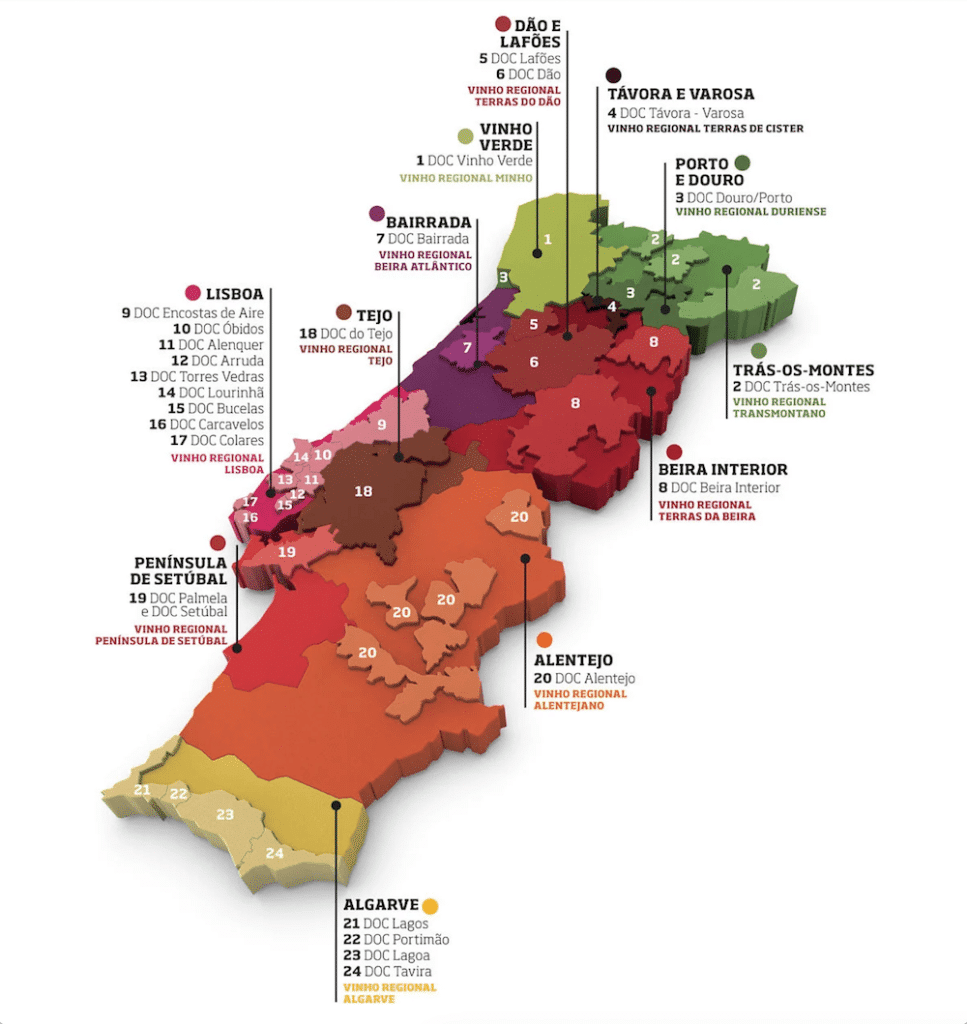
Portuguese Wine: Vinho Verde
Portugal’s verdant northwest, just south of the border from Spain’s Galicia, is home to the light, traditionally delicately Vinho Verde. Alvarinho (Spain’s albariño) is the king of the north and a base to many blends; Loureiro predominates further south. Inexpensive and traditional styles will have that typical spritz but many newer wines especially single-vineyard or varietal styles do not.
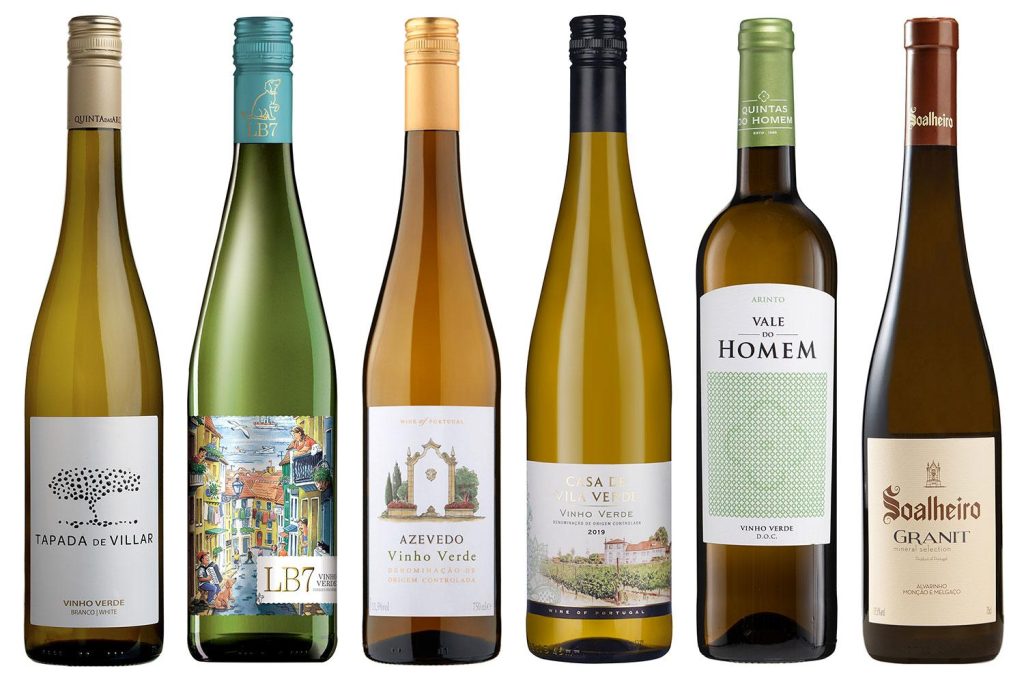
Just inland from the Costa Verde (or Green Coast), the region has the dubious reputation of being one of the wettest and most fertile locations for vine growth. As a result, grapes ripen with moderate sugar levels and it is this characteristic which sets the wines apart. Crisp acidity and lively fruit flavours, combined with lowish alcohol (usually around 10-11%) make this one of the most refreshing styles of dry wine. Excellent wines for the local fish and charcuterie.
Red Vinho Verde is also produced but though popular in Portugal it doesn’t often make it out of the country, the naturally low alcohol and rather astringent flavour is not to everyone’s taste.
Portuguese Wine: Trás-os-Montes
This remote region in the north-east of the country is bound on one side by high mountains and on the other the border with Spain (the name means ‘behind the mountains‘. The schistous soils are similar to those of the Douro and grapes grown here are similar too. The climate can be extreme here with harsh winters and low rainfall in summer. Reds are often lighter and more aromatic than those of neighbouring Douro.
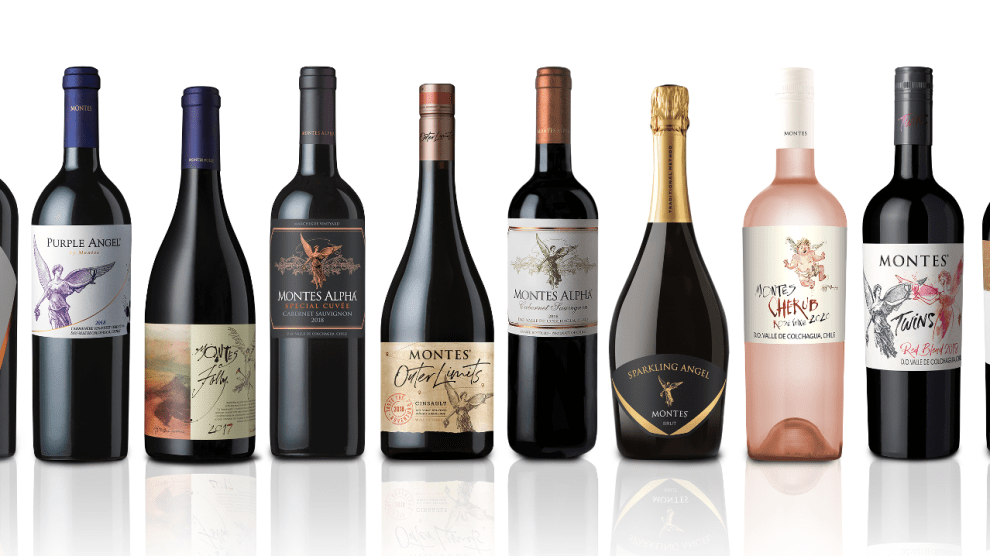
Portuguese Wine: Douro
One of the most beautiful wine regions in the world, and deservedly Portugal’s best known, the Douro has quickly emerged to lead the way as the country’s premium wine region and there is a real pioneering spirit amongst the winemakers here. No longer is the production of unfortified wines seen as a distraction from the ‘real business’ of making port though it is often the port shippers who have seen the potential of their grapes to make exciting full-flavoured reds and fresh dry whites.
Although there is an enormous variety of different terroirs within the Douro Valley, this is essentially a sparsely populated, hot, arid region where grapes are grown on spectacularly steep terraced slopes. Wine grapes are the same as those that go into Port – the fragrant Touriga Nacional is probably the best known, along with Touriga Franca (Francesa as was), Tinta Roriz, Tinta Cão and tinta barroca. Wines tend to be high in tannin and flavour; the skill of the winemaker is to keep fruit and freshness in the finished wine.
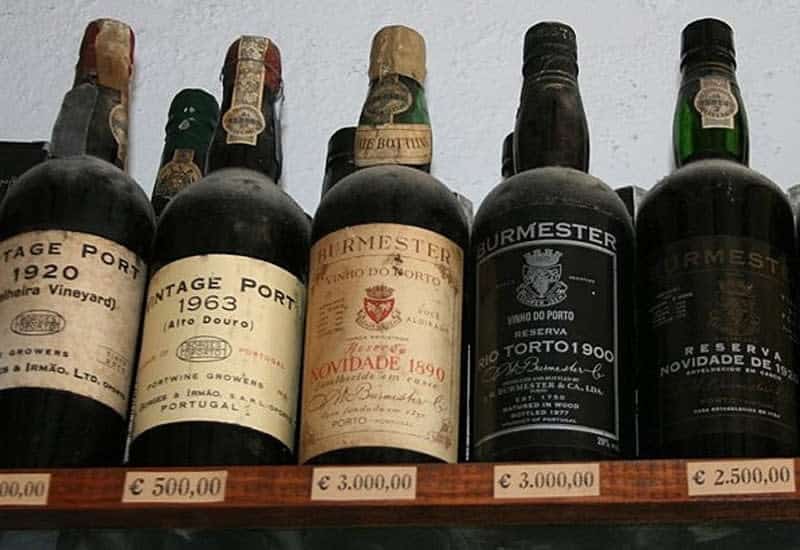
Porto & Douro wine regions are two of the most famous wine-producing and wine trade places in Portugal. Forming a part of the world-renowned Douro Valley, Porto has played a big role in the production of excellent Port wines. Since the start of the wine industry in this region, the land following the course of the Douro River has been worked by hand and shaped into terraces, which create spectacular landscapes. The valley of the Douro River provides a natural amphitheatre in which endless rows of vines are planted. The landscape leaves all who see it completely enraptured by its deep valleys and gorges, clean and crisp air, terraced Porto vineyards, and the clear blue waters of the Douro River. The cultural landscape of Alto Douro is protected by UNESCO for having an outstanding universal value.
Dão
South of the Douro on granite slopes protected by high mountains and pine forests, the Dão region produces one of Portugal’s better-known reds of the same name. The last twenty years have seen a sea change in the wines of this region too. Once dominated by rather lack-lustre co-operatives, the area now has a whole clutch of dynamic, small producers making approachable, enjoyable wines with elegance.
Bairrada
Between the mountains and the coast, on fertile clay soils, is Bairrada (barro is Portuguese for clay). Better known for red wines, this is one of the only wine regions in Portugal to be dominated by a single grape variety, Baga. The grape is high in acidity and is pretty tannic, making wines that can be tough and astringent in their youth but which soften with age, becoming beguilingly perfumed. These days many blend baga with non-indigenous grapes to make a friendlier style, but the greatest Bairradas are pure baga. The area also benefits from late-afternoon breezes which favour the production of fresh, food-friendly whites and sparkling wines that are becoming increasingly popular thanks to the enthusiasm of a younger generation of producers.
Beira Interior
This rather disparate region covers a vast swathe of inland Portugal south of the Douro and east of Dão. Vineyards are grown at altitude on granite soils. In the north, grapes are similar to those of the Douro while the south has a whole mix of varieties. Great potential here for making some exciting wines.
Lisboa
A large, coastal region that runs north of Lisbon. Onshore breezes from the Atlantic help cool the vineyards and maintain the fresh acidity and aromatics in the mostly white wines. North of Bucelas, on the Atlantic west coast above the town of Lisbon, lies the strip of rolling countryside that contains nine separate DOCs under the umbrella name of Lisboa. This is Portugal’s largest wine-producing region in volume terms.
Bucelas is the first wine The Society ever sold! This tiny DOC is one of the closest to Lisbon. Loved by the British in Wellington’s time, it now produces breezy dry whites which are popular locally.
Tejo
This region lying on either side of the River Tagus and formerly called Ribatejo is known for good, everyday drinking wines in a range of styles from a wide range of permitted grapes.
Península de Setúbal
Lying across the mouth of the Tagus River, this is largely a flat, sandy region except the Serra da Arrábida, a short chain of mountains with clay and limestone soils. There are two DOCs within the peninsula:
- Palmela: North-east of the Setúbal Peninsula where the Castelão grape is ideally suited to the sandy soils.
- Setúbal: Setúbal is a sweet fortified wine made primarily from Muscat de Alexandria.
Alentejo
The Alentejo province stretches south from the Tagus to the Algarve and east to the border with Spain and covers almost a third of continental Portugal. The vineyard area is now divided into seven diverse sub-regions and the undulating hills are home not only to vines but to olives, cork oaks, wheat and sheep. Despite the challenging climate here (summer temperatures regularly reach 35°C and often more droughts like those experienced in 2005 are not uncommon), this is a dynamic region, referred to sometimes as Portugal’s ‘New World’.
Grape file
Portugal has at least 250 indigenous varieties, more than any other country and these are what make the wines so wonderfully different and interesting. Confusingly, many go by different names in different regions and some are hideously difficult to pronounce too. Below we identify key characteristics of the most important grapes.
White
- Alvarinho – mainly grown in the Minho (known as albariño in Spain), this produces crisp, aromatic wines with notes of peach, apple and citrus fruits with a mineral character.
- Arinto – widely grown in northern and central Portugal producing dry, tangy wines with plenty of citrus fruit. Known as padernã in Vinho Verde.
- Fernão pires – known as maria gomes in Bairrada, this is a versatile grape that makes crisp, aromatic wines with lowish acidity and floral notes.
- Loureiro – the most fragrant of the grapes used to make Vinho Verde.
- Verdelho – the same grape behind medium-sweet Madeira also makes soft, savoury full-flavoured dry table wines. Success in Australia and now also in Australian hands (David Baverstock at Esporão and Peter Bright at Terras d’Alter) in the Alentejo.
Red
- Aragonez/aragonês – known as Tinta Roriz in northern Portugal (and tempranillo in Spain), this is one of the principal Douro grapes prized for its rich tannins and aromatic, raspberry, red-fruit flavour.
- Alfrocheiro – though not especially widely planted, this is a very promising variety beloved by winemakers for its deep-coloured, well-balanced wines, but not liked by vine growers due to its susceptibility to rot.
- Baga – mainly grown in Bairrada but found also in Dão this late-ripening variety can make lean tannic reds but in the right hands, dense reds with bright cherry fruit are made which are capable of long ageing. Also used as the base for sparkling wine.
- Castelão – one of the most widely planted varieties, particularly in the south where it is often called periquita, making fleshy, fruity, sometimes gamey reds for short or long-term keeping.
- Touriga Nacional – the backbone of many Ports and now appreciated for the quality of its red wines too. Small grapes give a high concentration of colour, extract, sweetness, and aroma, which can make it ideal for longer-term ageing.
- Trincadeira – one of the most widespread varieties making flavourful, dry reds with blackcurrant fruit flavours and herbaceous, floral aromas.
Selections to suit each individual’s taste
If this guide has suggested anything to the ecommerce wine retailer, it is the infinite variety of products each wine buyer needs to nourish your relationship with them. Everyone is different and, as this guide suggests, even within Spain, there are infinite varieties and derivations of taste.
Retailers, to maximise their returns, must ensure that the wine offered is of specific interest to each individual. This is impossible to do manually. You can’t do it for several thousand people, let alone tens of thousands.
Install hyper-personalisation software onto your platform, which immediately uses both the buying history of each individual, but also their impressions as they roam about your site, to identify each consumer’s preferences and present that wine to them by email a couple of times each month. PPS complements any other activity you do and has the highest ROI in online marketing.
You have had to do nothing, as it is completely autonomous, and the world’s leading research companies all agree it delivers the highest return in wine ecommerce marketing. Take a free trial of hyper-personalisation software today, and give your customers what they want every time.


